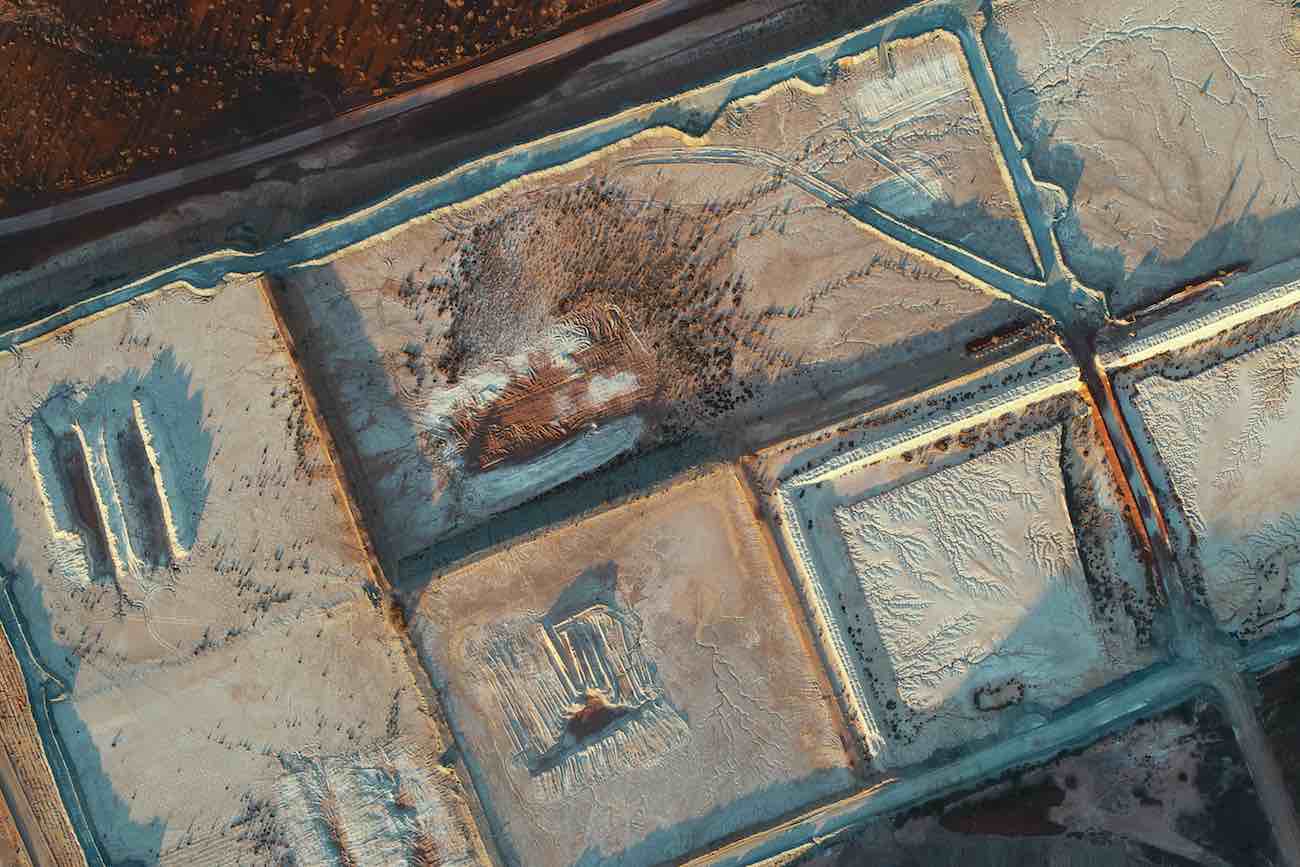
DCIM100MEDIADJI_0180.JPG
Sediment basins are temporary pond structures that are used to remove coarse sediments from stormwater by reducing flow velocities to the settling velocity of the target sediment size. In this part two of GRT’s sediment basins articles, we reiterate the purpose of sediment basins:
The article evaluates sediment basins, sediment trap erosion control, silt traps, compares sediment basin vs sediment trap and wraps up with desilting and rehabilitation of sediment basins.
There are two types of sediment basins namely the ‘dry’ sediment basin and the ‘wet’ sediment basin. There are further classified according to the type of soils, in which dry sediment basins are Type C for coarse-grained soil. The different types of wet sediment basins include Type F for fine-grained soils and Type D for dispersive soils.
Here are 6 fast facts about dry sediment basins:
Here are 6 fast facts about wet sediment basins:
Sediment trap erosion control is a best management practice used for smaller disturbed areas of less than five acres to intercept sediment-laden runoff for a sufficient period to allow majority of the sediment to settle before being released from the site. These are the conditions that need to be met for effective sediment traps:
Sediment basins require enough space and fitting topography for their construction but there are advantages and disadvantages of sediment basins.
The advantages of sediment basins are as follows:
The disadvantages and limitations of sediment basins:
Silt traps deter suspended sediment from eroding with water runoff and are used for the treatment of wastewater from commercial discharge. This is how silt traps work:
Both sediment traps and basins function by slowing and detention of site runoff, allowing soil particles to settle at the bottom before discharge. Sediment trap and basins have similarities in:
Sediment trap vs sediment basin are assessed by evaluating the following differences:
The process of desilting of sediment basins takes place in two ways. The first method is using long-reach excavation equipment operating from the sides of the basin. The second method is by allowing machinery access into the basin. If excavation equipment needs to enter directly into the basin, then it is better to design the access ramp so that trucks can be brought to the edge of the basin, rather than trying to transport the sediment to trucks located at the top of the embankment. The ideal access ramp should have a maximum 6:1 slope. If the sediment is removed from the site, then a suitable sediment drying area should be made available adjacent to the sediment basin, or at least somewhere within the sediment basin’s catchment area. There are several sediment disposal methods. Trapped sediment can be mixed with on-site soils and buried or removed from the site. If sediment is removed from the site, then it should be de-watered prior to disposal. De-watering must occur within the catchment area of the sediment basin.
Details on the required decommissioning and rehabilitation of the sediment basin must be included in the erosion and sediment control plan compliance documentation used in obtaining the permit from the regulatory authorities. The decommission and rehabilitation process involves:
Are you looking to construct, maintain, rehabilitate or decommission your, sediment basin? sediment trap? silt trap? Speak to Daniel Grundy and hear how GRT can assist you in getting the most out of your sediment control plan. Water quality from your sediment basin/trap and silt trap is our responsibility and allow us to implement innovative solutions whilst your site work progresses without any disturbances. Time is money, GRT values your time.
Your feedback is important to us. If you enjoyed reading this Global Road Technology industry update and found it informative, please let us know by leaving a REVIEW.
References:
Sediment control practices – Sediment traps and basins. Retrieved 20/09/21.
Sedimentation Basins. Retrieved 20/09/21.
Sediment basins. Retrieved 20/09/21.
Sediment Basins. Retrieved 20/09/21.
Sediment basins. Retrieved 20/09/21.
Are environmental regulations, health and safety concerns or potential profit loss a concern right now?
Contact Us Now